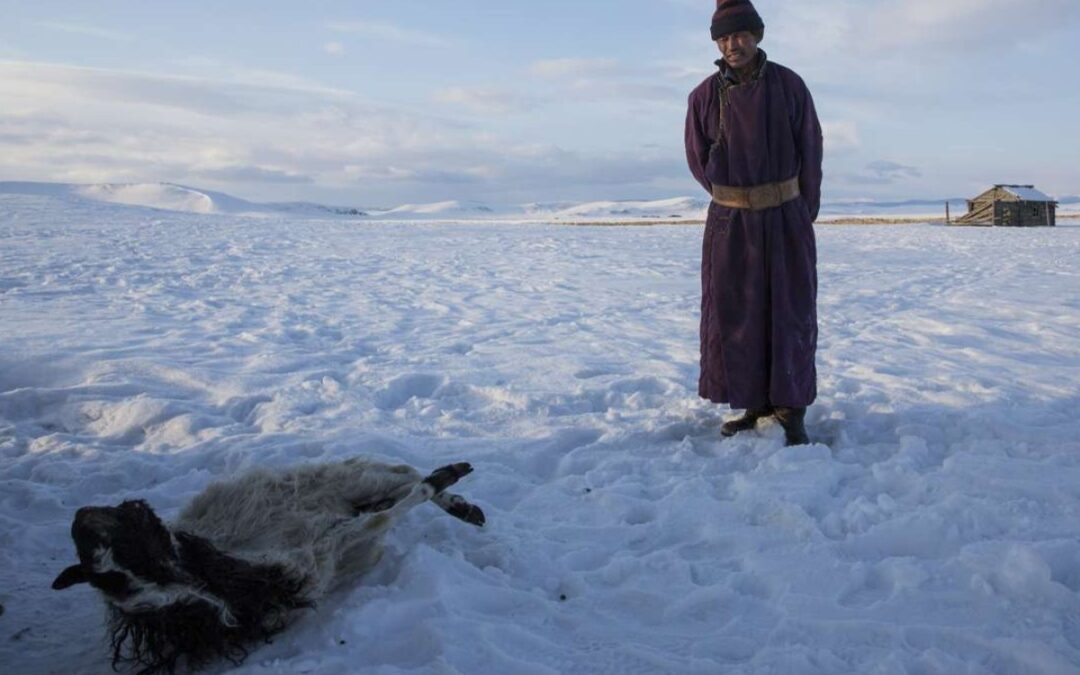Dzud, a term originating from Mongolia, refers to a recurring natural disaster that wreaks havoc on the lives of herders in the steppe, semi-desert, and desert regions of Central Asia. It’s not a single event, but rather a combination of harsh weather conditions that unfolds over a year, leading to mass livestock deaths and economic hardship.
Here’s a breakdown of the climatic culprits that trigger a dzud:
-
Summer’s Scorching Grip: The disaster often begins with a summer that’s mercilessly hot and dry. Rain becomes a distant memory, causing pastures to shrivel up. This lack of rain stifles the growth of fresh grass and other vegetation, significantly reducing the grazing land available for livestock. Without lush pastures, animals struggle to build up the fat reserves they desperately need to survive the brutal winter ahead.
-
Winter’s Icy Wrath: Following the parched summer, winter descends with a vengeance. Temperatures plummet, and the land is engulfed by heavy snowfall. These aren’t your average snowfalls – dzuds are characterized by exceptional snowfall amounts, creating a thick and often icy layer. This icy blanket makes it nearly impossible for animals to reach the meager food sources buried beneath. As if that wasn’t enough, relentless winds whip across the landscape, chilling the animals to the bone and draining their already limited energy reserves.
-
Hay Havoc: The summer drought throws another curveball at survival strategies. Traditionally, herders collect hay during the summer months to provide a supplementary food source for their livestock during the harsh winter. However, due to the lack of rain and stunted plant growth, they are unable to gather enough hay to sustain their animals throughout the extended winter.
This combination of extreme weather events – summer drought, brutal winter with exceptional snowfall, and lack of hay reserves – creates a perfect storm for widespread malnutrition and starvation among livestock populations. Weakened by hunger and the harsh conditions, many animals succumb to the elements, leading to devastating economic losses for herders who rely on their animals for milk, meat, wool, and transportation.
'Dzud' And Climate change
The frequency and severity of dzud events are a growing concern due to climate change. Rising global temperatures are disrupting weather patterns, leading to more frequent droughts and unpredictable precipitation. As per the Report in NYT dzuds used to happen about once every 10 years, this year’s was the fifth in the past decade. This disrupts the delicate ecological balance of these regions, making herding communities even more vulnerable to the devastating effects of dzud.

